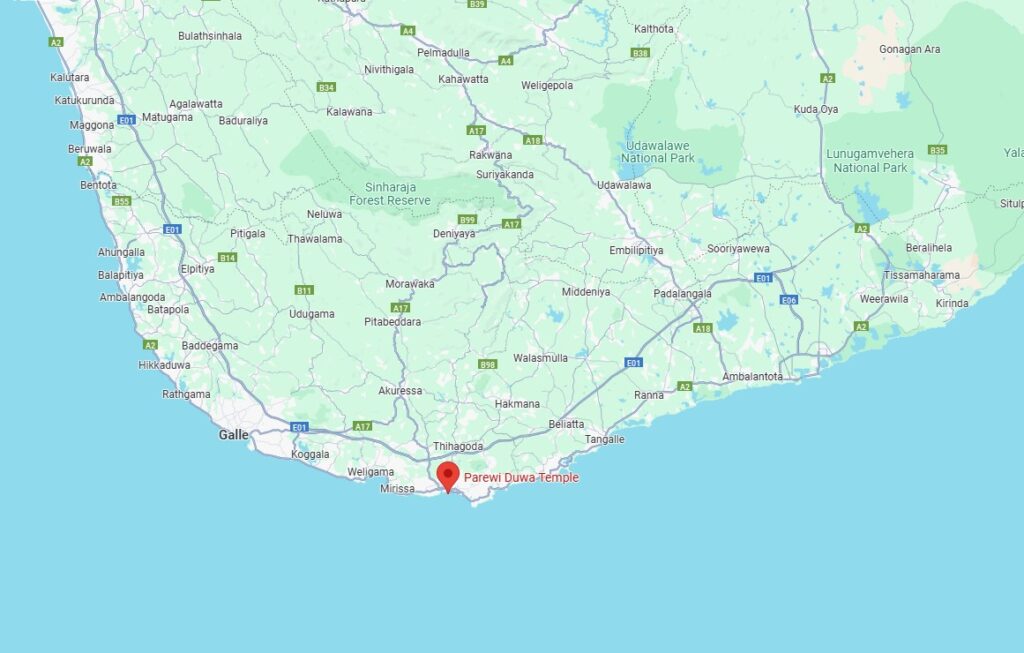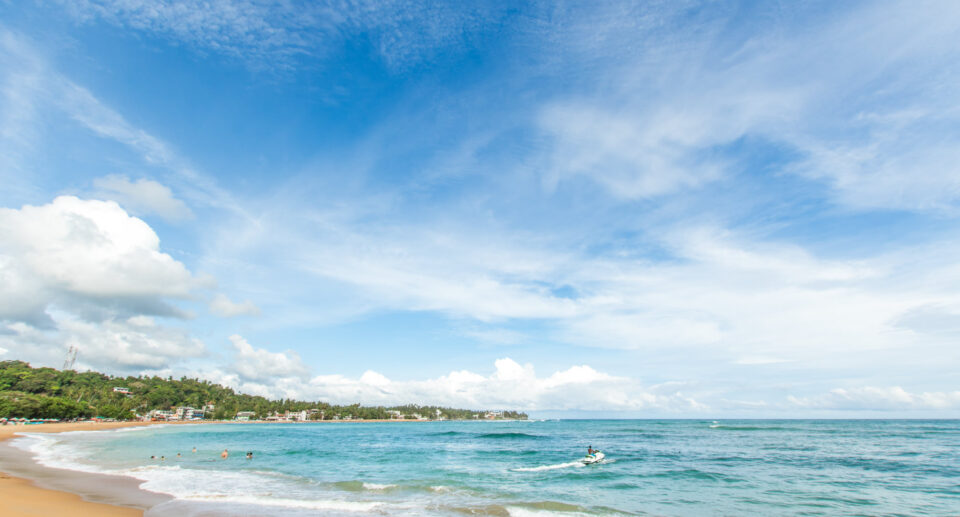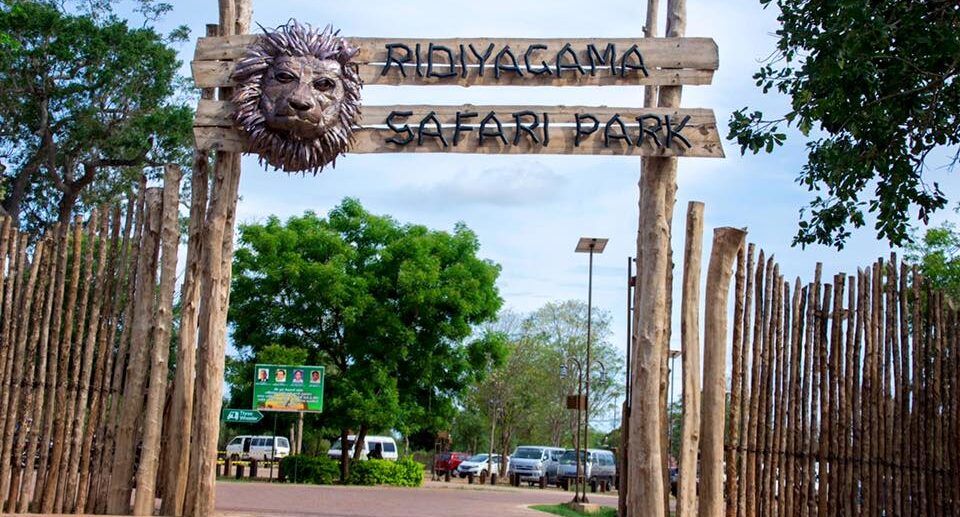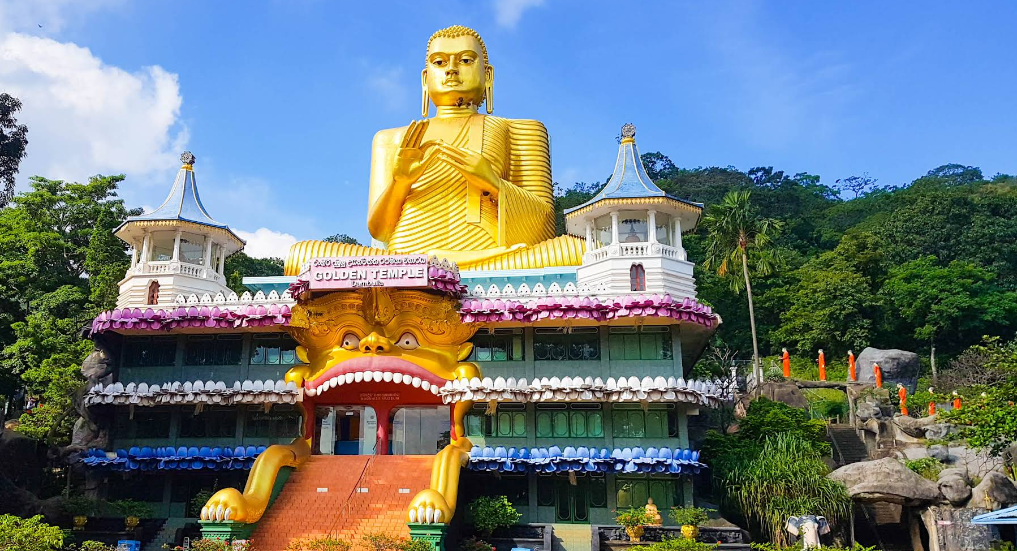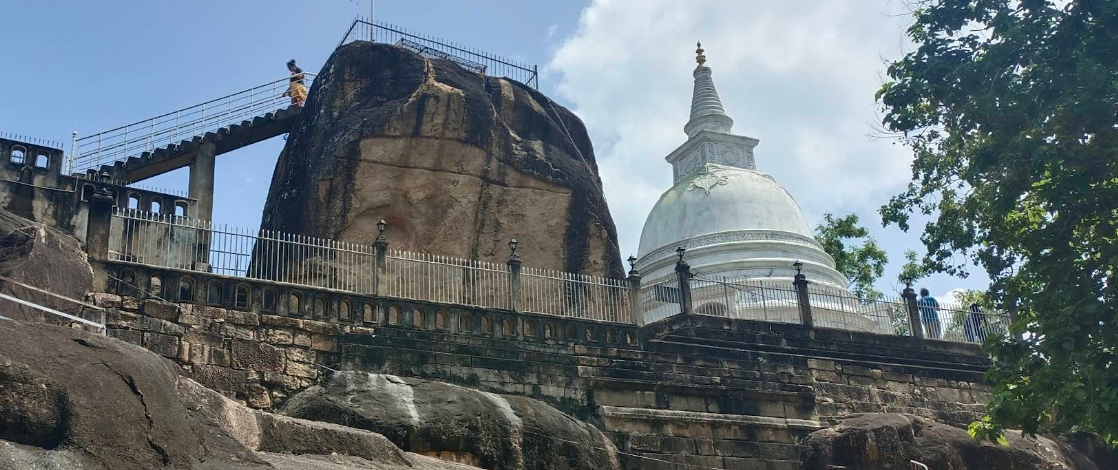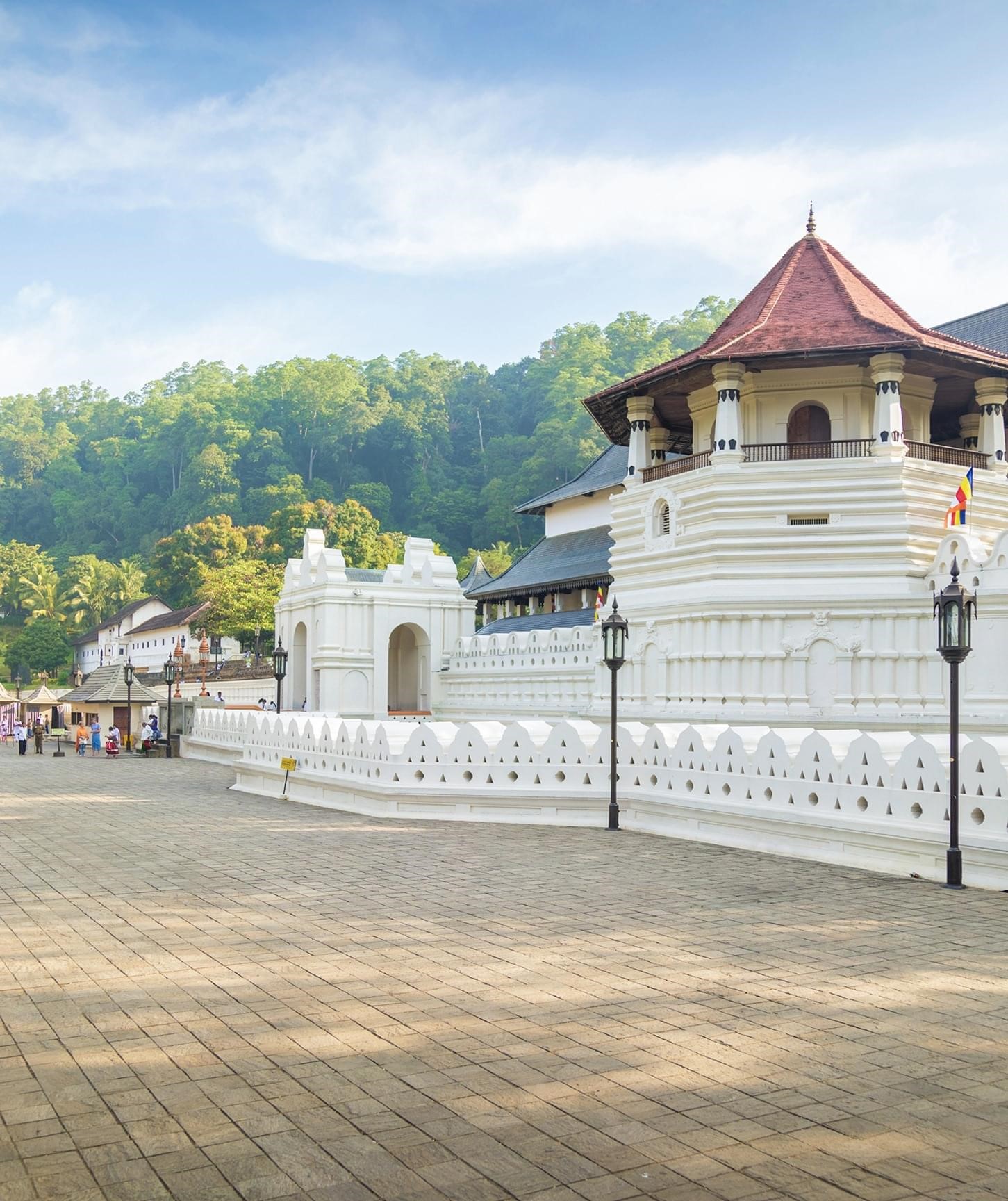Matara Paravi Duwa Temple: A Spiritual Oasis in Sri Lanka
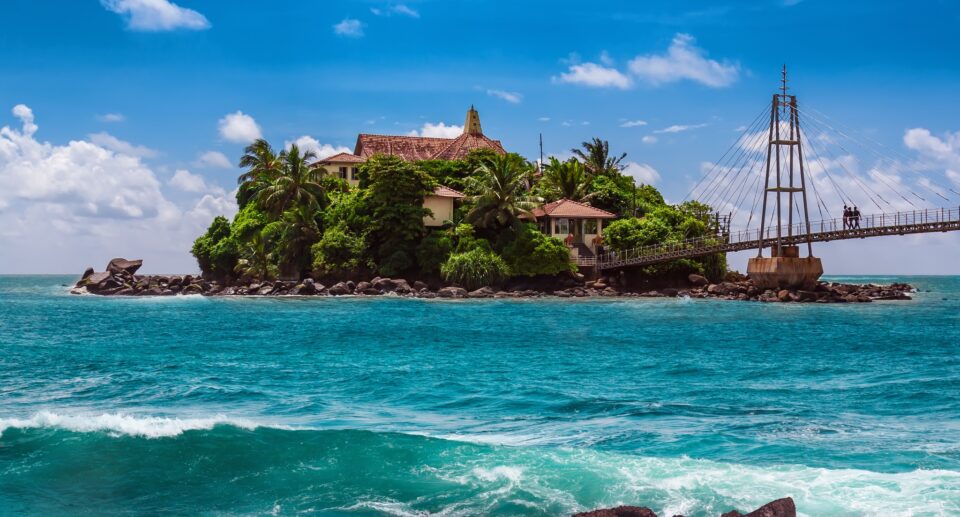
On the sun-drenched southern coast of Sri Lanka is where nature, spirituality, and humble beauty blend in harmony Paravi Duwa Beach, a unique strip of shoreline in Matara, most famously renowned for its peaceful temple island, serene oceans, and a fusion of local culture and picturesque loveliness. Though Matara is generally overshadowed by its more well-known coastal cousins like Mirissa and Galle, Paravi Duwa is one of its most beautiful but lesser-known secrets.
The First Encounter
As one approaches Paravi Duwa Beach, even the air is different lighter, more airy, with a promise of salt and frangipani. Just a short walk from Matara town center, this beach is not teeming with raucous beach bars or souvenir shops. Instead, it has a calming presence, with waves quietly lapping in, fishing boats swaying far offshore, and the soft tinkle of temple bells borne faintly on the breeze from a small island just offshore.
That little island is the heart of Paravi Duwa accommodating a Buddhist temple and connected to the mainland by a narrow footbridge. It gives the beach not only a picturesque beauty but also a spiritual aura.
Paravi Duwa Temple: A Temple in the Sea
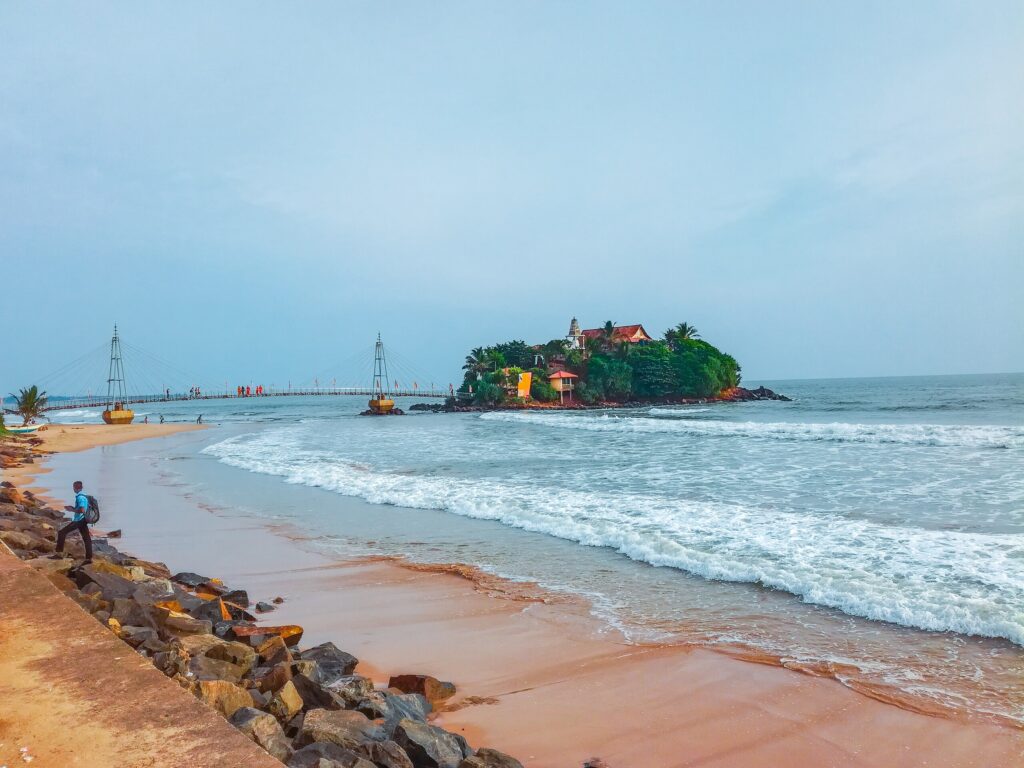
Yet the true distinction of this beach is the Paravi Duwa Temple (or Paravi Duwa Raja Maha Viharaya), a serene Buddhist temple built on a tiny rocky islet just off the coast. “Paravi Duwa” is Sinhala for “Pigeon Island,” and the site has been a refuge for birds and pilgrims for centuries.
The island is accessed by a quaint iron footbridge a space of only meters, yet somehow one that feels like a transition to another world. As you walk across, the waves crashing against the rocky shores grow clearer, and the sense of being severed from the world of the mainland becomes palpable.
Once on the island, you’ll find whitewashed stupas, a small Bodhi tree, shrines, and statues of the Buddha surrounded by the rhythmic chanting of monks and the fragrance of incense. Despite its small size, the temple feels vast in spirit a perfect spot for meditation, quiet reflection, or simply soaking in the views of the vast Indian Ocean stretching endlessly to the horizon.
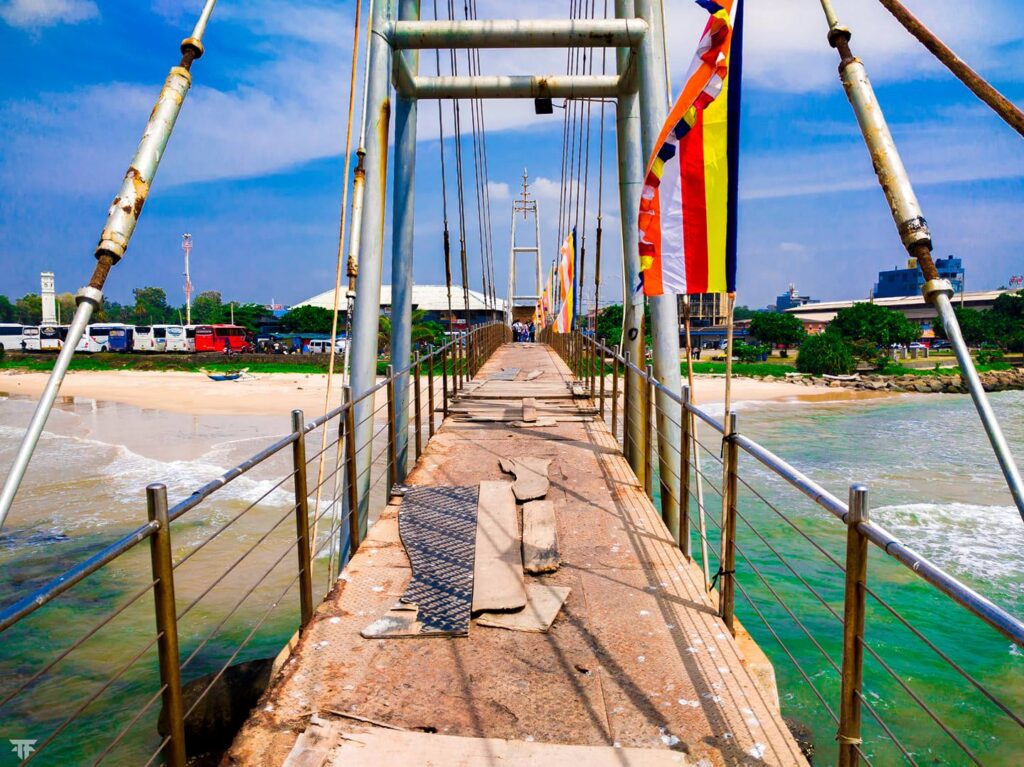
The Beach: A Calm and Local Escape
While the temple draws the eye, the beach surrounding it is equally inviting. Paravi Duwa Beach is not your typical tourist hotspot. It’s peaceful, clean, and frequented more by locals than foreign travelers. You’ll often see children splashing in the shallows, families enjoying a picnic, and fishermen tending to their boats.
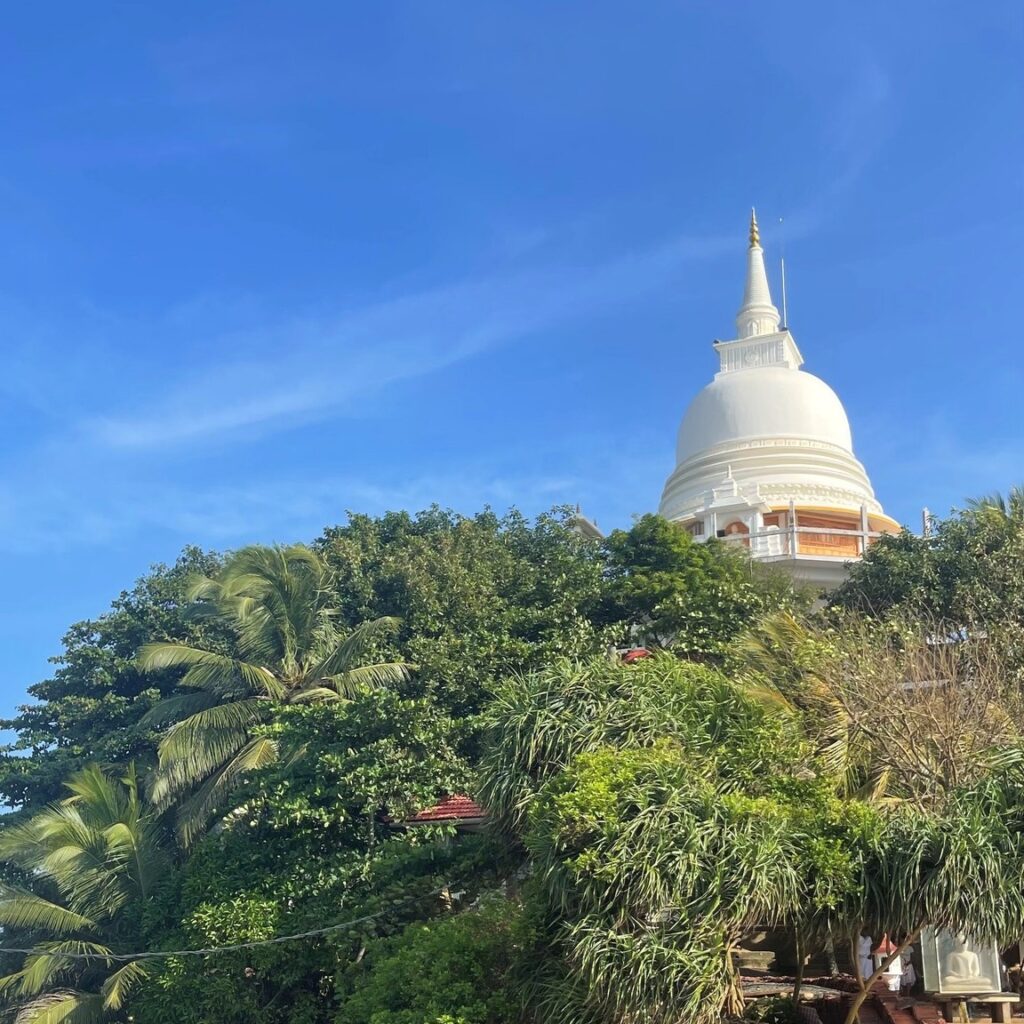
The sand is a mix of golden and slightly coarse grains, and the waters here are generally safe for wading and swimming, especially in the morning hours when the sea is at its calmest. It’s an ideal place if you’re looking for a quiet beach day without the hustle and bustle of more developed coastal areas. There are also some shaded spots under palm trees, perfect locations to lay out a mat or towel, read a book, or simply watch the waves swaying under the sun.
Sunrise and Sunset at Paravi Duwa
Some of the most magical moments at Paravi Duwa Beach take place twice a day sunrise and sunset. The mist at dawn clings to the water, and the temple island gives the impression of floating. The day begins with the singing of birds, and fishermen casting their nets into the shimmering sea. It is a moment of total peace.
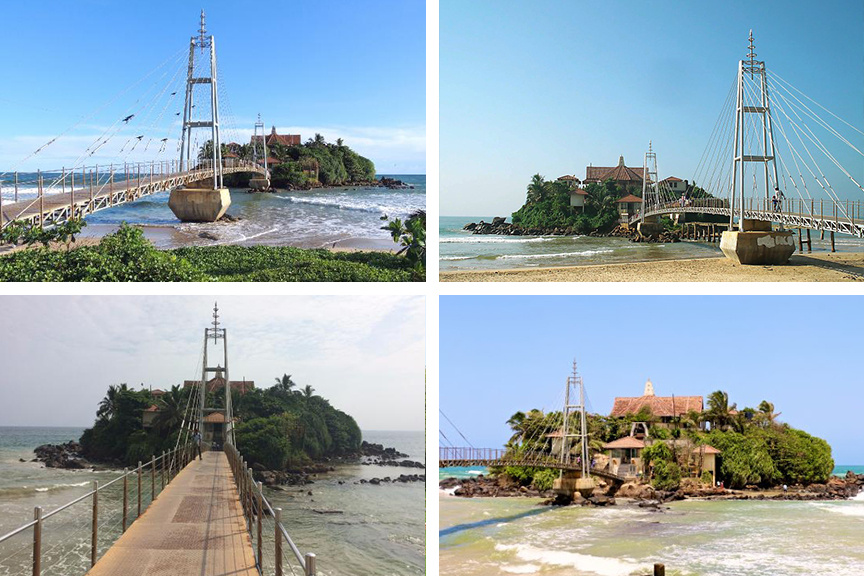
By sunset, the sky typically becomes a canvas of orange, pink, and purple, and the silhouette of temple and footbridge provides the perfect foreground for photography or quiet contemplation. It’s a spot that invites you to pause, breathe, and wonder at the simplicity of nature’s beauty.
Culture and Daily Life
Matara is an extremely local town, and Paravi Duwa Beach gives you a glimpse into the daily life of its locals. In the mornings, you can spot fishermen departing with their brightly colored oruvas (traditional wooden canoes), or Buddhist devotees lighting oil lanterns at the temple. Street vendors visit once in a while carrying carts loaded with king coconut, pineapple slices sprinkled with chili salt, or crunchy vadai (fried lentil pieces seasoned with spice). These add-ons provide an earthy, natural touch to the experience.
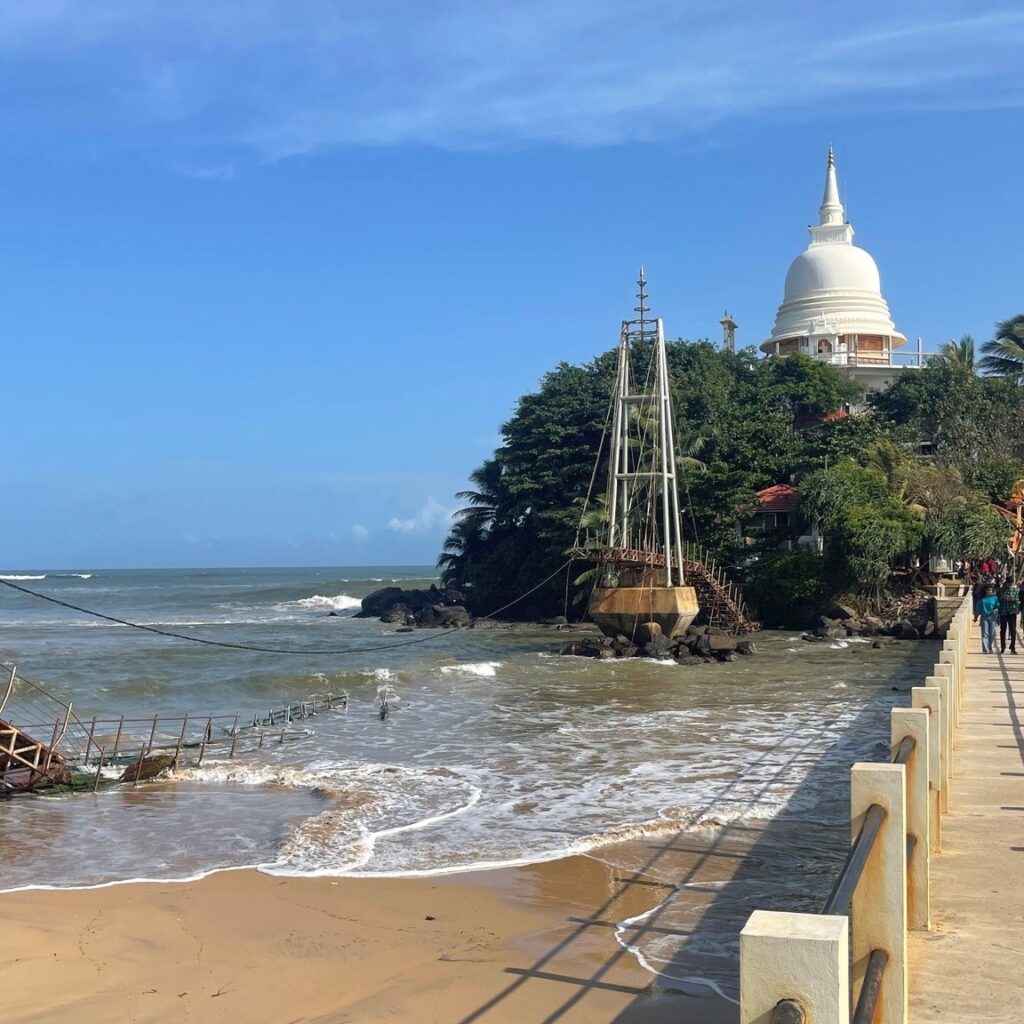
Tourists are welcome to the temple but gently requested to cover shoulders and remove shoes before stepping into sacred sites.
Local Sights around Matara
Although Paravi Duwa is a peaceful hideaway, the city of Matara nearby has its own points of interest to see:
Matara Fort: Originally built by the Portuguese and expanded by the Dutch, it has colonial charm and ocean scenery.
Old Dutch Market: A very old and still-operational marketplace where you can purchase spices, vegetables and fruits, and local crafts.
Star Fort: Small star-shaped Dutch fort built in the 18th century, located inland from the coast.
Polhena Beach: Only tuk-tuk distance away, it’s a great spot to snorkel and spot sea turtles.
Matara is also a transport hub, so it is an easy day trip base to go out to Mirissa, Dondra Head Lighthouse (southernmost tip of Sri Lanka), or further east to Tangalle.
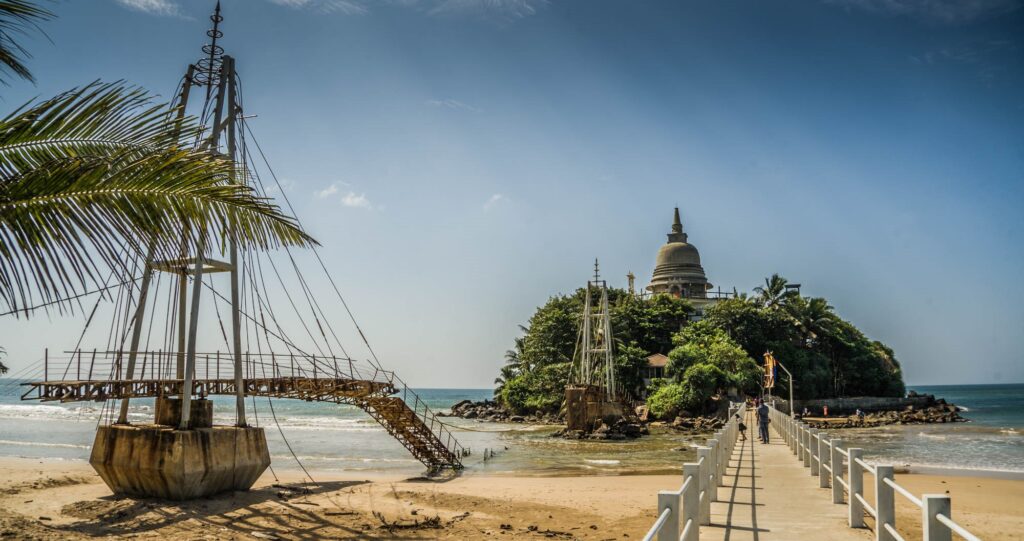
Final Thoughts: A Beach of Beauty and Meaning
Paravi Duwa Beach is not just a beautiful location — it’s a spiritual, cultural, and natural experience all combined. It’s where people pray, couples come to watch the sunset, and travelers take a breath after other frenetic destinations. In a nation blessed with innumerable beaches, Paravi Duwa is not notable for its popularity, but for its essence. It’s a destination to unwind, tune in, and allow the beat of the waves and temple bells to envelop you.
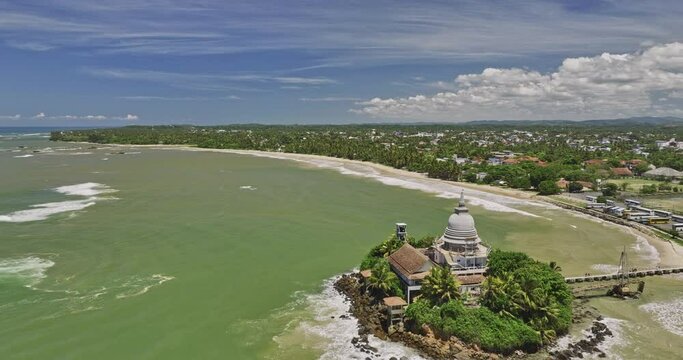
Getting There and Around
Paravi Duwa Beach is easily accessible:
By Train: Matara is the terminal of the Colombo–Galle–Matara coastal train route. The journey is scenic and affordable.
By Bus or Car: Buses travel regularly to and from Colombo, Galle, and the inland cities. The Southern Expressway cuts down the travel time from Colombo to Matara considerably (around 2.5 hours).
Tuk-Tuks: After arriving in Matara, tuk-tuks are affordable and handy for short distances, such as to and from nearby beaches and points of interest.
Best Time to Visit
The best time to visit Paravi Duwa Beach is during the dry season, from December through April, when the sun is shining and the sea is quieter. This is ideal for beach activities, temple visits, and taking postcard-worthy photographs. Monsoon months (May to September) are wet and have more choppy seas, but the area remains green and less touristy, with a quieter, moody kind of beauty.
Where to Stay
Matara now has an ever-growing number of accommodations, from budget guesthouses to boutique hotels:
Guesthouses: Budget and typically owned by local families.
Beachfront Hotels: Small beach resorts with walking distance to Paravi Duwa are also available.
Airbnb & Boutique Villas: A few hip, sea-view ones offer peaceful retreats just outside the town itself.
